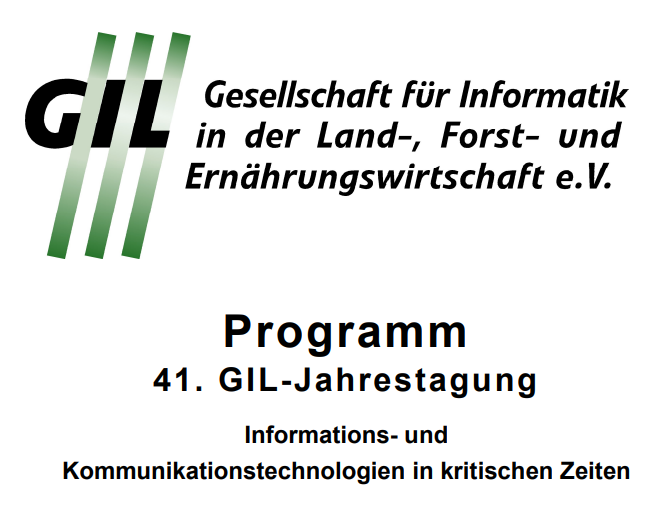Autoren: Kitzler, F; Motsch , V; Barta N; Neugschwandtner , R; Gronauer , A
Wo: (Online) 41. GIL-Jahrestagung – Information- und Kommunikationstechologie in kritischen Zeiten
Differentiation between plant and soil pixels in RGB images is a main task of successful computer vision on-field applications. Many precision agriculture problems like crop/weed discrimination and classification or weed coverage depend on a precise and stable plant segmentation. For real-time applications computing speed is a limiting factor which favors simple image calculations like color vegetation indices. However, recent studies show the limitation of those index methods under natural light conditions and for low plant coverage images. Our goal is to develop a fast, robust and easy to interpret learning-based model for the task of plant segmentation under natural light conditions using a decision tree classification model. The images used in this study were self-collected in Groß Enzersdorf near Vienna and contain several crops and weed plants from different dates. This results in a variety of different plant stages and light conditions. Hand annotated segmentation masks were used as ground truth for evaluation. Out of this dataset 110 images were selected randomly and split into trainings data (10 images) and evaluation data (100 images). The images were collected from early stage plants and show a large variation in plant coverage and a high number of images with plant coverage below 1%. In this work we demonstrate the performance of a decision tree classification based on 7 widely used color vegetation indices for the task of plant segmentation. Color vegetation indices, like Excess Green, use the information in the R, G and B channel to calculate a grayscale image that can be used to easily differentiate between vegetation and background by applying an appropriately chosen threshold. In our work we used a fixed threshold and Otsu’s method for adaptive thresholding as a reference for our approach. Decision tree learning is a machine learning approach that uses decision trees as predictive models. The set of rules that lead to a classification result are adapted during the training phase to fit the selected features that represent the trainings data. In our approach we use several color vegetation indices as features. In the prediction step we calculate those indices as input for the decision tree classification. The so derived models are fast, easy to understand and can be interpreted as logical expressions based on a set of rules. It can also identify the most influential features to the decision made by the classifier. For the evaluation we calculated different quality parameters for the segmentation task. The segmentation process was done in 3 steps. First the color vegetation indices were calculated from the RGB image. Second the segmentation method was performed leading to a binary segmentation map. Third a noise reduction was performed based on a median filter. Our method outperforms state-of the art color indices methods both on our evaluation data and images from a different plot with a higher plant coverage. This indicates a good generalization property of our method since plant species that were not present in the training data could also be segmented correctly to a certain degree.

